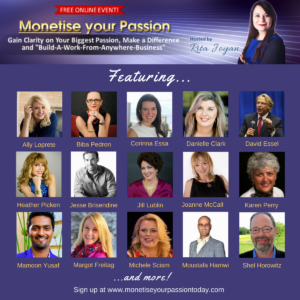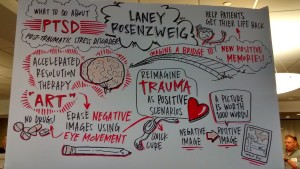The Secret of the Fulcrum Principle
Yesterday, I posted something on Facebook about reaching a real, and sympathetic, human being on the White House Comment Line. Since the US election last November, I’ve called my elected officials a lot more than in the past. Someone wrote back, saying I was “like the Energizer Bunny” with my consistent activism.
My reply revealed the secret:
Actually, [his name], it’s less Energizer Bunny and more a matter of what I call “the fulcrum principle”: doing not all that much but doing in ways that leverage and multiply the impact…I use my time strategically so the 10 to 15 hours or so I spend on activism per week has a big ripple. Of course I never know when a meeting or demonstration is going to be worthwhile and when it will be a waste of time. I have guessed wrong on a few meetings lately—but then I go to one that’s so energizing and activating and inspiring that it actually recharges me. I went to one like that Saturday and hope the ones I plan to attend Wednesday and Thursday (and the socially responsible business conference next week where I’m MCing two sessions) will be just as awesome.
A fulcrum is the bump underneath a lever that allows that lever to magnify its force—to quite literally create leverage. This concept inspired Archimedes to say, more than 2200 years ago, “Give me a lever long enough and a fulcrum on which to place it, and I shall move the world.”

I’ve played with this metaphor for a long time. I was able to find rejection letters I received for my original The Fulcrum Principle: Practical Tools for Social Change, Community Building, and Restructuring Society book proposal as far back as 1992—and a printout of the proposal itself, though not the electronic file.
Looking at this proposal 25 years later, it would have been a big, ambitious, world-changing book. And other than
- Adding in recent developments such as the Arab Spring, Climate Change activism, Black Lives Matter, and of course the massive resistance to the new US president, and
- Technology shifts including the Internet and social media, smartphones, 3D printing, and the amazing breakthroughs in green design,
The proposal is still remarkably relevant. Let me share a few highlights:
- The Fulcrum Principle lets us “achieve the greatest result with the least amount of effort,” including finding others to do some of the work
- Change happens as fast as possible, but as slow as necessary
- Why we need both “shock troops” and “put-it-back-togethers”
- We build momentum for change by presenting the possibility (and manageability) of positive change, finding points of agreement with our opponents—and then expanding those points, changing enemies into allies
- This momentum can change the world—and it has, many times
- It’s accomplished more easily when you remember to have fun
- Grassroots organizers can learn a lot from business (and with 25 years of hindsight, I’d add that business can learn a lot from grassroots organizers); similarly, Left and Right activists have lessons to share with each other
- Economic and environmental goals can work in tandem (did I really understand that all the way back in 1992? I’ve gone on to write five books that explore this idea)
- Organizers have quietly developed lots of tools we can harness to make this journey easier: new approaches to everything from how to facilitate productive meetings to how to get the most information in the least time by dividing up a book among different readers who report their insights
The proposal also touched on a raft of social issues, among them:
- Nonviolent alternatives to the military
- The role of multinational corporations
- True democracy going far beyond elections
- Does it even make sense for change organizations to chase after funding?
- New ways of looking at drugs and crime, housing, healthcare, transportation, parenting, world distribution of resources, and even sexuality
Interestingly, without revisiting this proposal, I essentially put it into practice when I founded the movement that saved our local mountain in 1999-2000. And I think that’s a lot of why we won in 13 months flat. The “experts” thought we couldn’t win at all. I felt sure that we would succeed, but even I thought it would take five years. I didn’t realize at the time that I had already created the roadmap years earlier.
Perhaps I should dust off this proposal, update, and resubmit.








